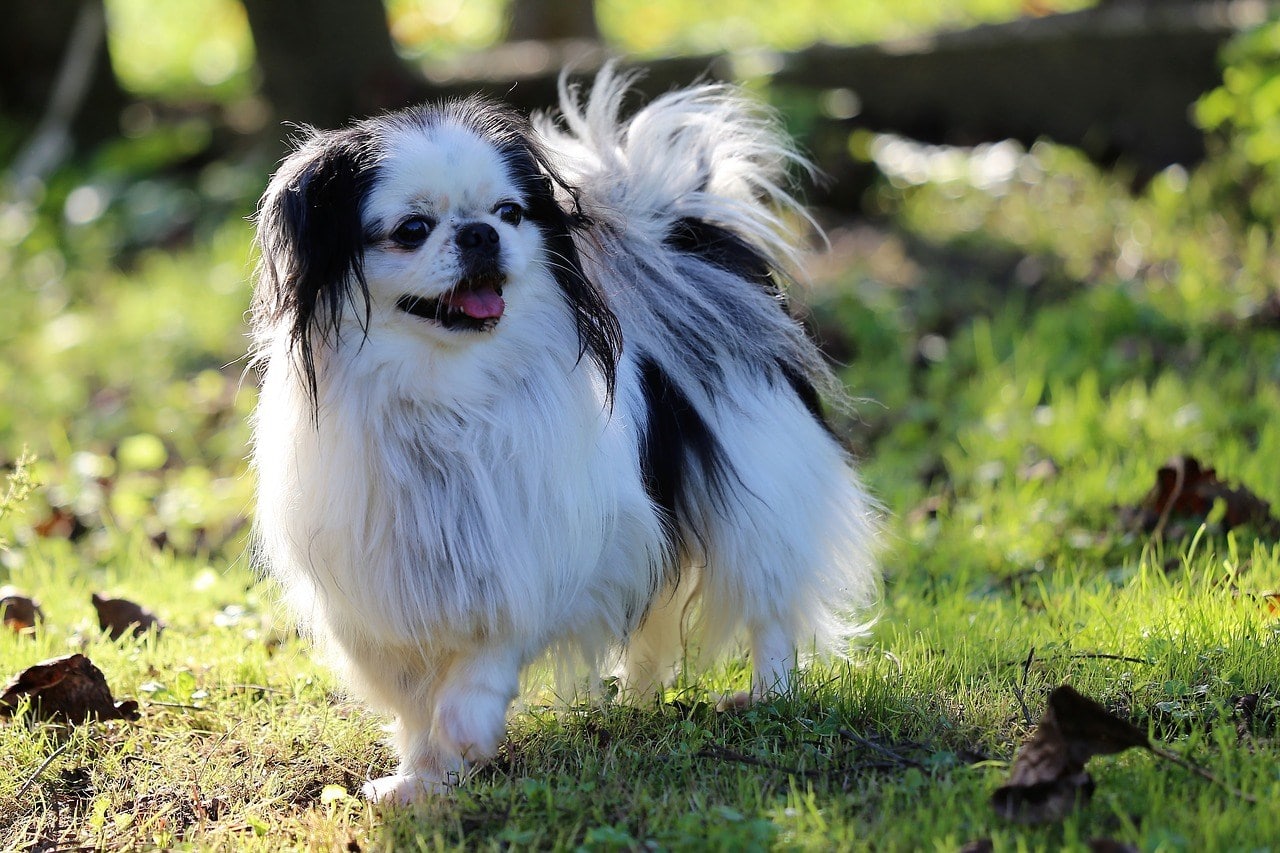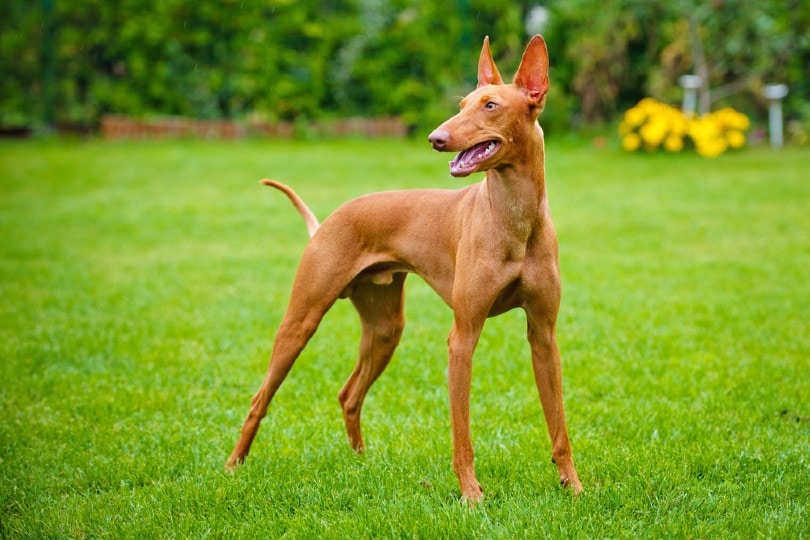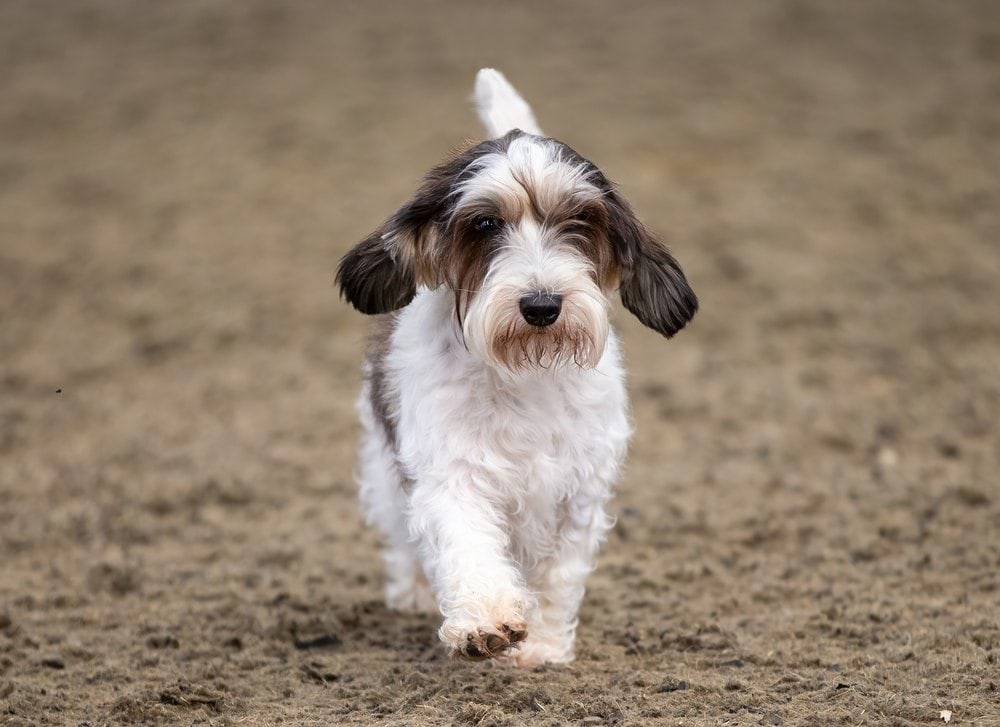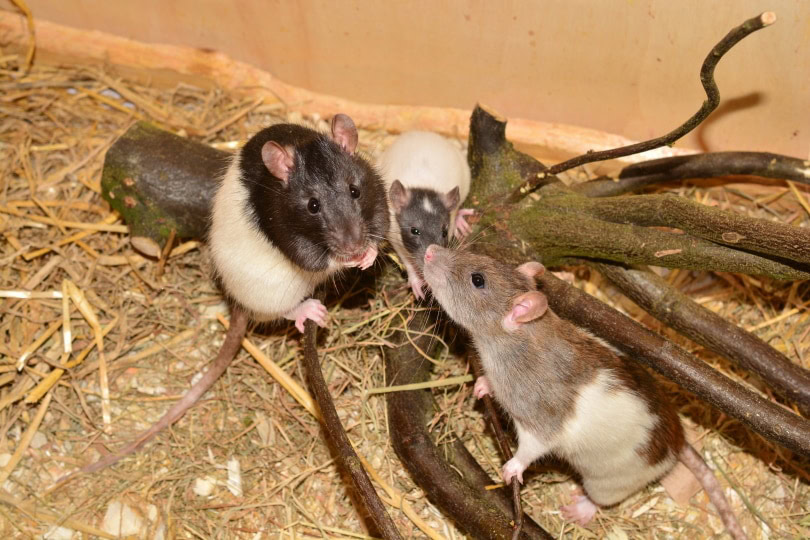The Japanese revere their dog breeds and have even considered not one but six of them as national monumental treasures. This nation bestows honor and pride on their native dog breeds and has been committed to them since ancient times.
While the Japanese culture has many admirable aspects, the six noble Nihon-Ken dog breeds—Akita Inu, Shiba Inu, Kai Ken, Kishu Ken, Hokkaido Ken, and Shikoku Ken—take all the spotlight. And these aren’t the only pups in Japan!
Get ready to discover more about each of the six monumental Japanese dog breeds and the additional magnificent canines.

The 11 Japanese Dog Breeds
1. Shiba Inu
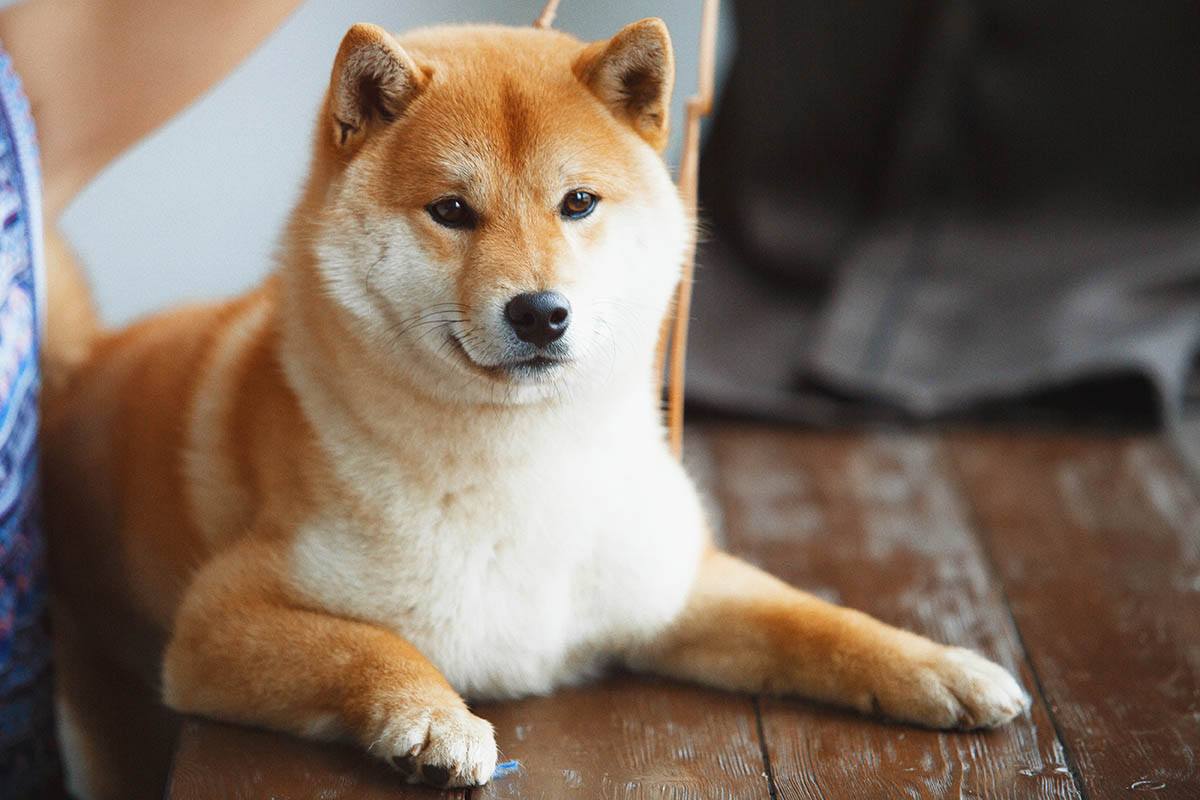
- Lifespan: 12-15 years
- Temperament: Fearless, alert, confident, loyal, stubborn, trainable
- Color: Black & tan, red sesame, black sesame, sesame, cream, red, black sesame
- Height: 13-17 inches
- Weight: 16-22 pounds
Shiba Inu is the smallest of the Nihon Ken breeds and arguably the most popular. Meaning “brushwood” in Japanese, Shiba Inu breeds get their name after the terrains where they would hunt birds and wild game.
Besides being the most popular among the Spitz breeds, this fella is also the most ancient Japanese breed, dating back more than 3,000 years, surviving the two World Wars and near-extinction!
The Shina Inu is adorable, with foxy features including prick ears, a curled tail, deep almond eyes, a wedge-shaped snout, an athletic build, and the long orange and white coat. It’s also stubborn, although you can curb this behavior through early training.
Despite these pups’ muscular and wild features, the Shiba Inu is confident, has cat-like agility, and is intelligent, affectionate, loyal, and can be a mischievous breed that can be fun to keep in your home.
2. Japanese Akita Inu
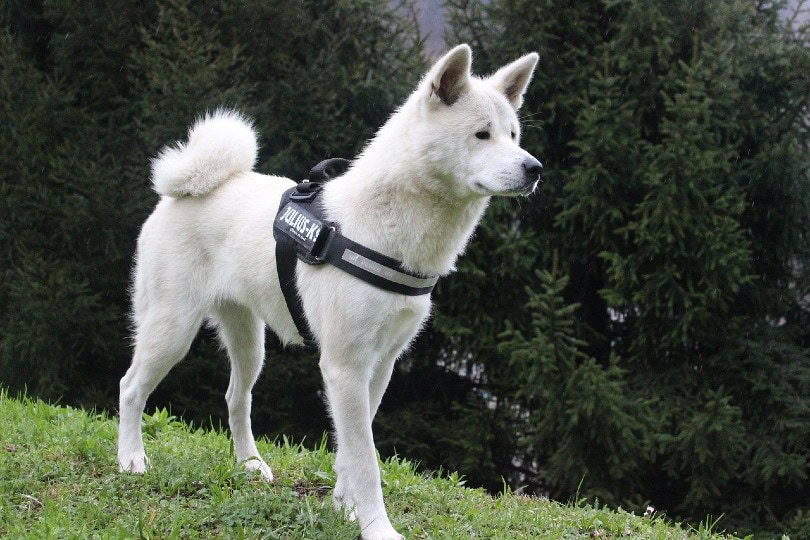
- Lifespan: 10-13 years
- Temperament: Quiet, loyal, faithful, stubborn, willful, sweet, confident,
- Color: Black, white, chocolate
- Height: 24-28 inches
- Weight: 70-130 pounds
Similarly, the famous Akita Inu is the largest and bulkiest of the Nihon Kens. It’s also an ancient breed, popular and revered in Japan so much that it is a symbol of happiness and longevity among new parents.
While breeders developed Akitas in the early 17th century as stocky hunting pups, they are more family pets these days. They are brave, loyal, courageous, and affectionate but can be generally aloof and territorial at times.
Akitas can also be a bit moody, though it can be loving and faithful to family members if you train and socialize with it.
As part of the Spitz family, Akitas have dense double coats and long fur to battle cold conditions. You can distinguish these dogs by their bear-like features, including almond eyes, sharp ears, broad heads, and large bone physiques.
3. Shikoku
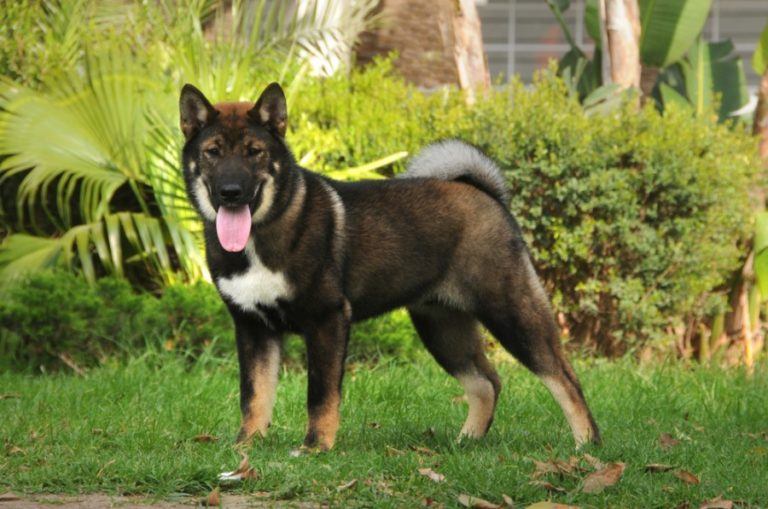
- Lifespan: 10-12 years
- Temperament: Brave, energetic, agile, loyal, intelligent, docile
- Color: Sesame, black sesame, red sesame
- Height: 7-21 inches
- Weight: 35-50 pounds
Also known as the Kochi-Ken, the Shikoku is a wolf-like Japanese dog breed that originally helped with hunting. Hunters would use them to track wild game, especially boars. It’s rare to find these breeds today, but they are still a national treasure in Japan.
Shikoku dog breeds are intelligent, alert, and easier to handle than Akita and Shiba breeds. However, they can be docile toward their owners.
4. Kishu
- Lifespan: 9-13 years
- Temperament: Intelligent, impulsive, active, brave, noble, docile, energetic
- Color: White, red, brindle, sesame
- Height: 17-22 inches
- Weight: 30-60 pounds
Originally from the Kishu region in Japan, the Kishu Ken is a rare hunting breed, despite being around for centuries. Some Japanese legends suggest that these hounds originated from wolves.
They are monumental animals and would help hunters track and hunt boars and deer, although the hunters preferred white Kishu dogs for visibility purposes.
Kishu Ken dog breeds are energetic and love staying busy, and they are brave, independent, and intelligent. They can also be impulsive and annoying escape artists.
5. Hokkaido Inu
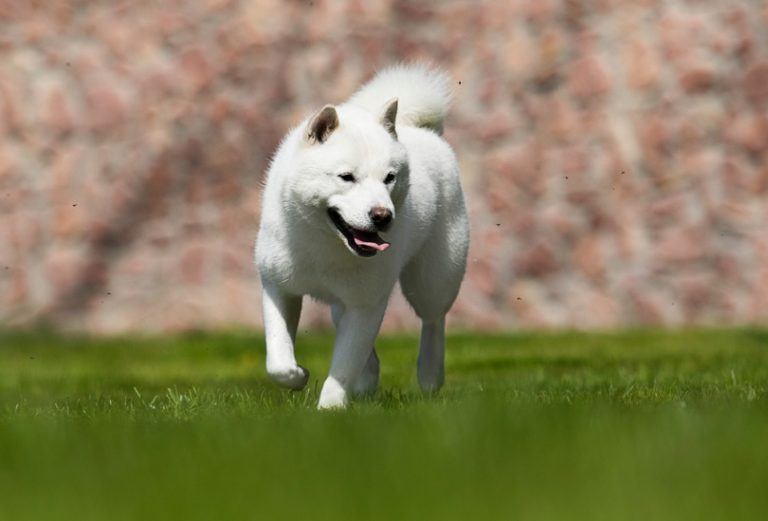
- Lifespan: 12-15 years
- Temperament: Docile, bold, alert, faithful, dignified, brave
- Color: White, black, red, black & tan, brindle, sesame
- Height: 18-20 inches
- Weight: 44-66 pounds
Also known as Hokkaido Ken, this purebred has the oldest bloodline compared to other Spitz breeds. The Hokkaido Inu is intelligent, robust, and devoted to their owners, making them great family pets.
It is one muscular breed with a dense outer coat, large paws, and remarkable stamina and endurance. Their coats and small ears help them cope with cold conditions better.
Breeders developed these dogs for hunting purposes and could tackle wild boars and bears thanks to their strong bones and strong-willed tendencies. They also get along with other pets and strangers well as long as you train and socialize with them.
Hokkaido breeds love attention and can reward love through kissing, cuddling, and eagerness to play.
6. Kai Ken
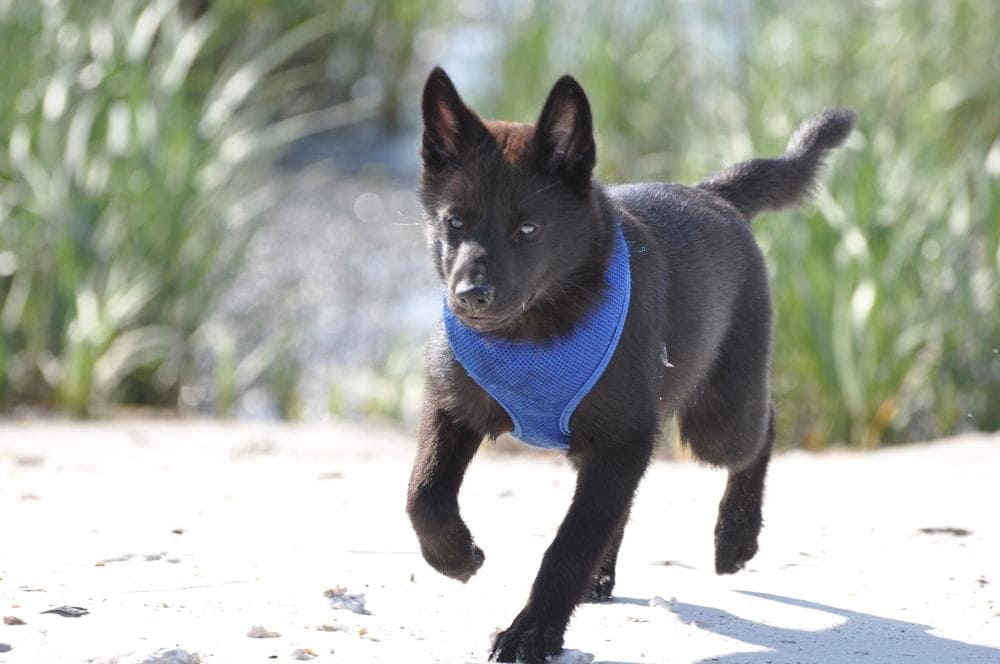
- Lifespan: 14-16 years
- Temperament: Reserved, loyal, intelligent, brave, affectionate, alert, agile, stubborn
- Color: Black brindle (Kuro Tora), red brindle (Aka-Tora), brindle (Chu-Tora)
- Height: 17-22 inches
- Weight: 22-45 pounds
Kai Ken is the most identifiable of the six native breeds because of its tiger-like features. The Japanese also call it “Tora,” which means tiger.
It has a brindle coat with golden stripes over dark fur. Originally bred to hunt wild game, this coloration helped them to camouflage during the hunting process. This intelligent, independent, and quick-learning breed is rare to find, even in Japan.
Although the Kai Ken is muscular, athletic, has a hunting drive, and is an active breed, it possesses a cat’s agility. It can cross the most challenging terrain just to win the hunt!
Be sure to take it out for walks and exercise, though, as its high energy levels can lead to destructive behavior, especially when it feels lonely.
7. Japanese Spitz
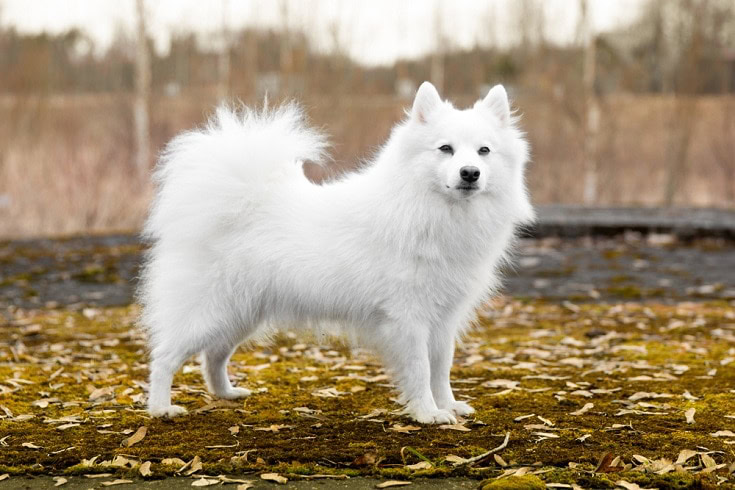
- Lifespan: 10-16 years
- Temperament: Obedient, affectionate, proud, active, companionable
- Color: Pure white
- Height: 12-15 inches
- Weight: 10-25 pounds
If you are looking for a small cuddly family companion with a watchdog’s heart, try a Japanese Spitz. These hounds have wedge-shaped snouts, sharp ears, and fluffy coats. You may mistake this breed for American Eskimo Dogs, white Pomeranians, or Samoyeds.
The Japanese Spitz also pack lots of dispositions from intelligence, trainability, and low-maintenance to being people-friendly. Although the American Kennel Club has not yet accepted this breed, the United Kennel Club recognizes it as a part of the Northern Breed.
8. Tosa Inu
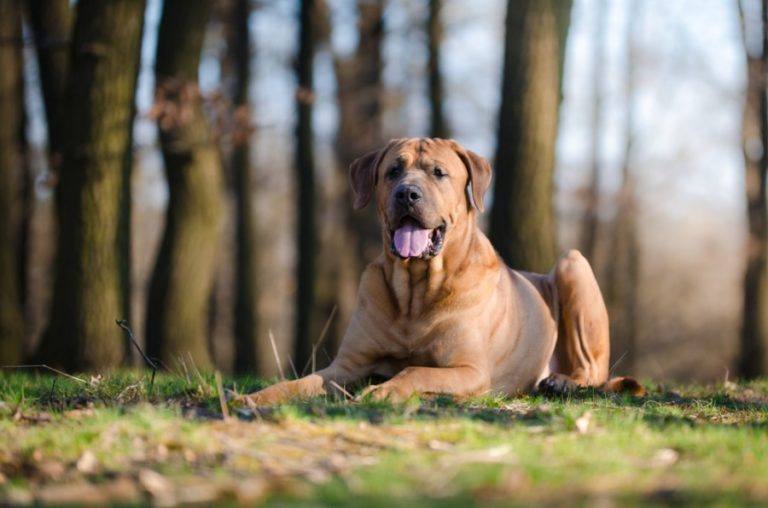
- Lifespan: 10-12 years
- Temperament: Calm, laid-back, aggressive toward strangers, high prey drive, immensely loyal, intelligent
- Color: Red, brindle, apricot, fawn, black
- Height: 22-26 inches
- Weight: 84-132 pounds
Tosa Inu, or the Japanese Mastiff, is not of the Spitz type but a rare Japanese mastiff-type. It’s a hunting and fighting dog and the largest of all the Japanese dog breeds.
The Japanese Mastiff has roots in the Tosa region where dog-fighting was and is still legal. Tosas are watchful, eager to please, and can bond with family members, though they may choose to remain aloof. They have short, smooth fur that is red, brindle, or fawn. The Tosa’s intimidating size has made some countries ban them.
9. Ryukyu Inu
- Lifespan: 10-12 years
- Temperament: Quiet, trainable, brave, intelligent, confident, strong-willed
- Color: Red, white, brindle, liver or black, tiger-like stripes
- Height: 18-20 inches
- Weight: 33-56 pounds
The Ryukyu Inu is now a scarce breed, but it was once popular among boar hunters, who’d use it for tracking and baying purposes. It’s a courageous but docile mid-sized hound from Japan’s Okinawa region. Although it’s the “national treasure” of Okinawa Island, its history remains blurry.
This dog has a short coat and may resemble the Kai Ken when it has tiger-like stripes. These dogs have dewclaws, an extra claw at the paw’s back that easily enables them to climb trees and track game on steep terrains.
10. Japanese Terrier
- Lifespan: 12-15 years
- Temperament: Lively, swift, affectionate, vigilant
- Color: Black & white, tri-color
- Height: 8-13 inches
- Weight: 5-9 pounds
The Japanese Terrier is a rare breed known as Mikado, Nihon, Oyuki, or Nippon Teria. They are miniature breeds that are slender with a thick coat of stiff hair.
These hounds pose no biting dangers, are cuddly, and bond with only one person in the family. The Japan Kennel Club recognized the breed in the 1930s and had started growing popular and spreading through Japan in the 1940s when World War II and other rising species nearly made them extinct.
They still are ardent boar hunters besides being great family pets today.
11. Japanese Chin
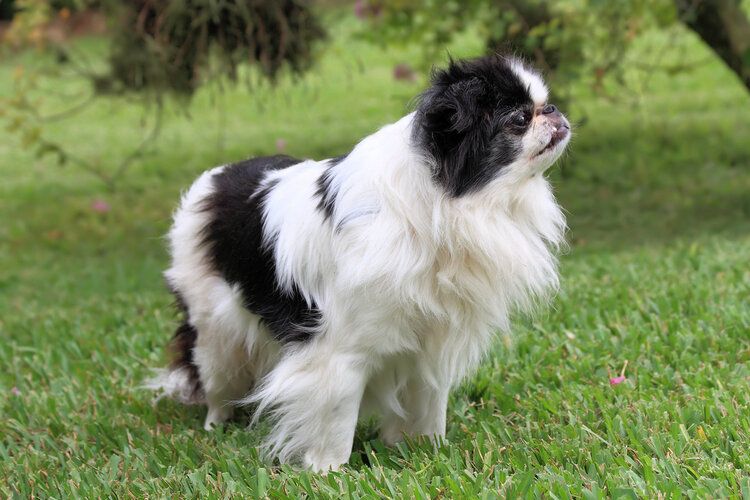
- Lifespan: 10-14 years
- Temperament: Happy, affectionate, intelligent, sensitive, devoted, social
- Color: Black & white, red & white, black, white & tan, sable & white
- Height: 8-11 inches
- Weight: 7-11 pounds
Also known as the Japanese Spaniel, this dog has the perfect oriental look: a large, broad head, smashed face, V-shaped and floppy ears, spaced-out eyes, and a full-plumed tail. Though these dogs are called Japanese Chins, they most likely originated from Korea or the Chinese imperial court over 500 years ago.
The Japanese aristocracy prized them highly and would often offer them gifts to emissaries; it must have found its way to Japan when they gifted them to Japan’s emperor. Although highly-revered in Japan, these hounds remained unknown until 1853, when Commodore Matthew Perry went to Japan and introduced international trade.
This dog is an indoor breed and doesn’t mind staying home alone for long hours. It’s elegant, even-mannered, playful, and friendly towards other pets and kids. Weighing less than 10 pounds, this toy-sized hound has cat-like traits, including the ability to jump and the tendency to lick its dense coat full of silken fur clean!

Japanese Dog Breed Characteristics
The five native Japanese dog breeds are “Spitz type,” which means that they are double-coated and have long, thick fur pointed ears and and muzzles. These dogs also have curled tails that appear spring-like.
Their double-coats help them withstand cold temperatures, tough terrains, and any peculiar climatic fluctuations in Japan. Most of these breeds got their names from their places of origin. However, the other five breeds are non-native and were imported into the country.
- Next on your reading list: Shiba Inu vs. Corgi: Breed Comparison

Summary
Japanese dog breeds are your go-to breeds if you desire an “old-world” dog, as they are some of the most ancient pups globally. They also come with wholesome dispositions and are strikingly beautiful. Have you noticed how most of them appear wolf-like?
Before you go, you might like some of our top trending dog posts:
- Bichon Frise | Breed Info, Pictures, Care Guide & More!
- Designer Dog Breeds: An Overview (with Pictures)
- Mountain Dog Breeds (with Pictures & Info)
Featured Image Credit: Goran Horvat, Pixabay
